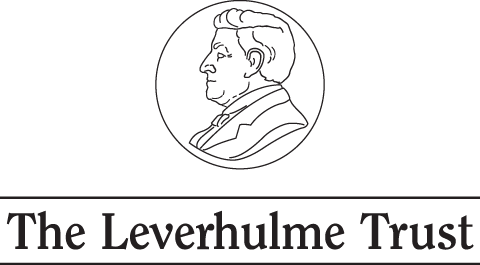 Angelos Sikelianos (1884-1951), Greek lyric poet, playwright, husband of Eva Palmer Sikelianos (1884-1951), and best friend of Nikos Kazantzakis, was a pivotal figure in Greece in the 20th century. Born in Lefkada, Sikelianos travelled Greece and the wider world, expounding his poetic mission. Between 1914 and 1915, he and Nikos journeyed to Mount Athos for forty days, and then toured Greece – the pinnacle of a long friendship.
Angelos Sikelianos (1884-1951), Greek lyric poet, playwright, husband of Eva Palmer Sikelianos (1884-1951), and best friend of Nikos Kazantzakis, was a pivotal figure in Greece in the 20th century. Born in Lefkada, Sikelianos travelled Greece and the wider world, expounding his poetic mission. Between 1914 and 1915, he and Nikos journeyed to Mount Athos for forty days, and then toured Greece – the pinnacle of a long friendship.
In 1907 he married Eva, whom he met via his brother-in-law Raymond Duncan (1874-1972). Angelos collaborated with Eva Palmer Sikelianos on the Delphic Festival Revival in 1927, performing the traditional Delphic Festival with theatrical performances, competitions, and the Pyrrhic dance. This was quickly abandoned because of the costs of running it, but the European Cultural Centre of Delphi has since bought their house in Delphi, which has been turned into a museum for the festival.
After splitting amicably from Eva in 1934, Sikelianos married Anna Karamani, and continued writing. Throughout the occupation of Greece by Nazi forces in 1941-1944, he was a prominent figure of the resistance, reciting a speech and poem at Kostis Palamas’ funeral (1943), which became a key event for international antifascism. He also composed the letter for the protection of Greek Jews sent to the Germans by Archbishop Damaskinos.
Sikelianos’ Sibylla (1940), a tragedy published in 1944 — only a short time before Athens was liberated from Nazi occupation — is an allegory for antifascist resistance. It shows the Greek characters, and in particular, the titular prophetess, Sibylla, as a symbol of freedom of thought and self-expression, while the Romans (especially Nero) are tyrannical oppressors, fundamentally opposed even on a philosophical level. Then, written in 1942, the play Daedalus in Crete, uses the myth of Theseus and the Minotaur to present the necessity for revolution. According to the ancient mythic tradition, youths are sent as an annual offering to Crete, where they are eaten by the Minotaur. In Sikelianos’ version, King Minos himself rapes the youths, dressed as a bull.
After assisting in the foundation of the Greek-Soviet Friendship Union with Nikos Kazantzakis and others in 1945, in 1951, he passed away in Athens due to an accident with his medication. He had been suffering from a disease through some years, and was given the wrong medicine (Lysol) instead of Nujol. Even posthumously, though, he has loomed large in the Greek imagination, and he is a man who deserves far more attention than he warrants from the rest of the world.
![]() This profile was written by Anna Coopey
This profile was written by Anna Coopey



